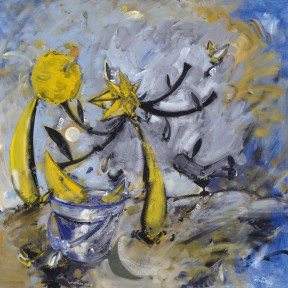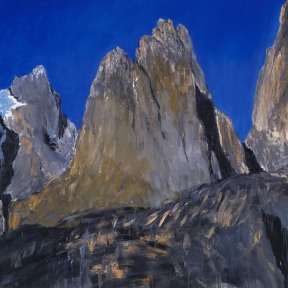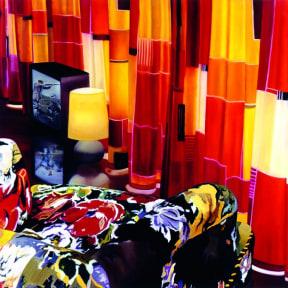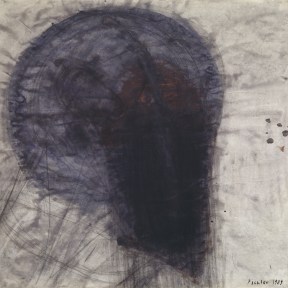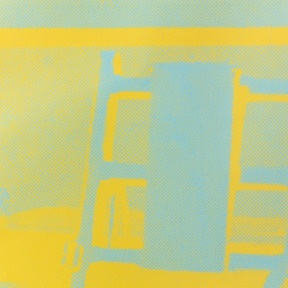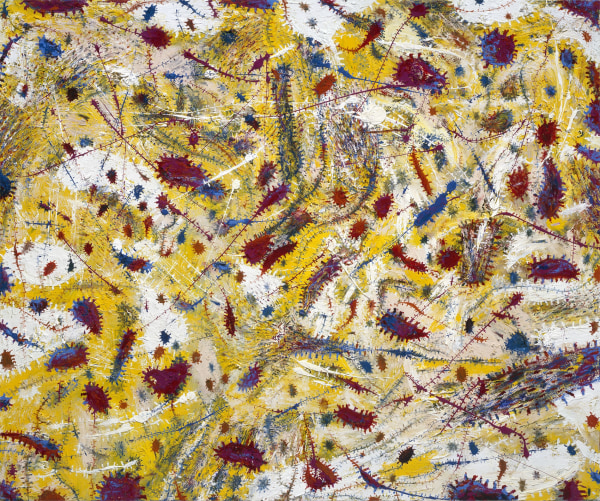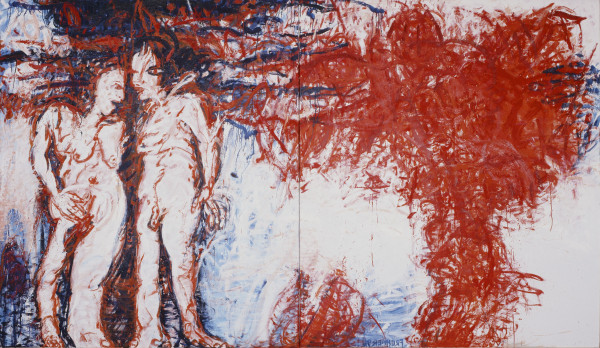-
Biography
Günther Uecker (Wendorf, Germany 1930 – Düsseldorf, Germany 2025)
Born in 1930 in Wendorf, Günther Uecker is considered one of the most important German post-war artists. After studying art in Wismar, he left the GDR and moved to Düsseldorf, where he continued his education at the renowned Kunstakademie. As early as 1955, he began creating informal works featuring relief-like, sculptural elements.
In Düsseldorf, Uecker met artists Heinz Mack and Otto Piene, with whom he joined the ZERO group – a movement that advocated for a radical new beginning in art and opposed German Informalism. Uecker’s works span light art, optical phenomena, and performative processes that actively engage the viewer and challenge perception through manual or mechanical interventions.
In 1962, Uecker collaborated with Mack and Piene to create the “Room of Light” at the Stedelijk Museum in Amsterdam and the Palais des Beaux-Arts in Paris. Further “ZERO Salons” followed in cities such as Krefeld and Frankfurt. After the group dissolved in 1966, Uecker continued to develop his signature nail art – a central element of his practice until the end. Initially, he pierced everyday objects with nails; later, he created works composed entirely of nails, forming dynamic, wave-like surfaces.
From 1974 to 1995, Uecker taught as a professor at the Düsseldorf Art Academy. In 1999, he designed the meditation room in the Reichstag building in Berlin – a significant example of his meditative spatial art. His lifetime achievements earned him numerous honors, including the Federal Cross of Merit, the “Pour le Mérite” for Sciences and Arts, and the State Prize of North Rhine-Westphalia.
His collection work “Weißer Schrei” is held as a permanent loan at the State Museum in Schwerin.
Günther Uecker passed away in June 2025 at the age of 95 in Düsseldorf.
Copyright the artist. Photo UniCredit Group
-
Works
-
Exhibitions
Günther Uecker: German, 1930-2025
One of the most important German painters and object artists, who gained international recognition primarily through his relief-like nail paintings.Join our mailing list
* denotes required fields
In order to respond to your enquiry, we will process the personal data you have supplied in accordance with our privacy policy.


